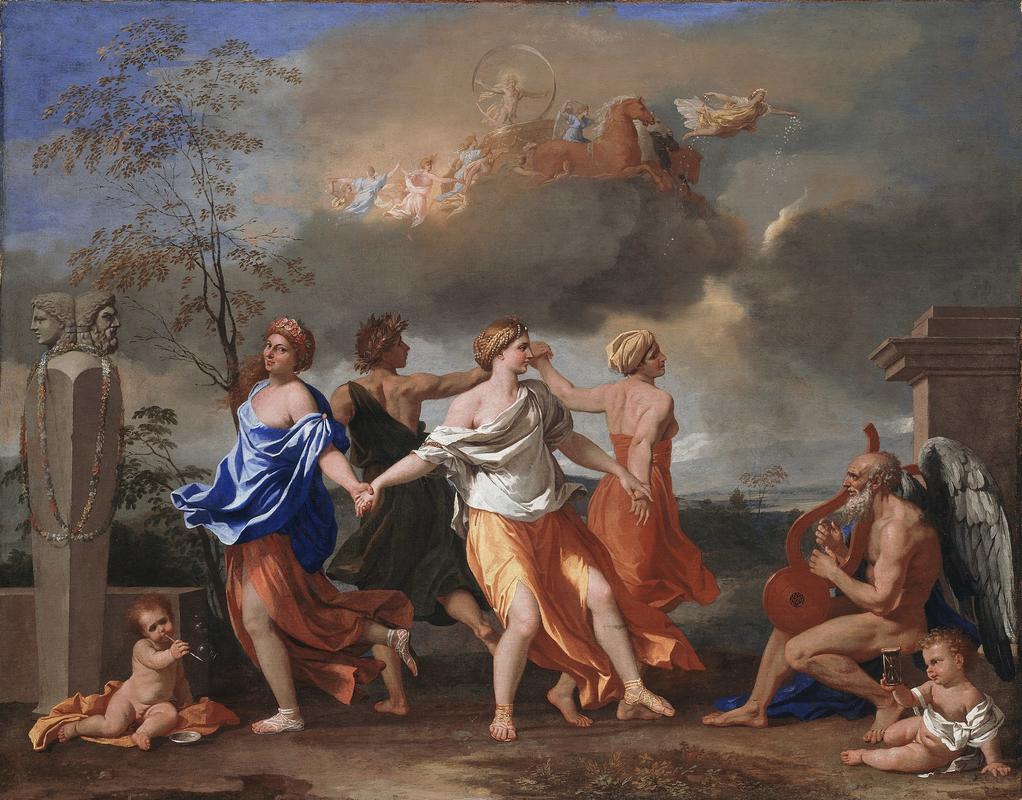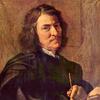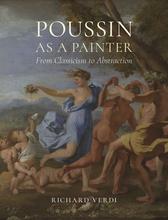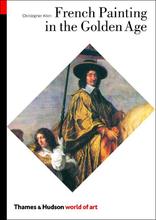More about A Dance to the Music of Time
- All
- Info
- Shop

Contributor
A Dance to the Music of Time by Nicolas Poussin is a painting of all of the Seasons dancing around in a circle while Father Time jams on his lyre.
This is a kickass party going on here. The four central figures, originally thought to be the Seasons, are dancing. There is booze (or at least there should be because the season Autumn – the one with the flower crown in the back – is portrayed here as Bacchus, the god of wine), and beats dropped by Father Time, which is an awesome DJ name.
It’s also a kid-friendly party as evidenced by the presence of the cherubs, who are honestly kind of being killjoys. One baby is holding an hourglass and the other is blowing bubbles, which both represent the fleetingness of life. They really shouldn’t even be here. This scene, if not PG-13 now, will be soon. But cherubs have seen worse. If you don’t believe me refer to Poussin’s other painting, The Nurture of Bacchus. If you turn your attention towards the top of the painting, you’ll see Aurora, the goddess of the dawn, followed by Apollo, the god of the sun and the Hours, which would also be an amazing DJ name. They are the ones who are making this party the most lit. You know, literally, because they are in charge of the sun.
This piece was inspired by a section of Les Dionysiaques by Claude Boitet de Frauville, which details how exactly Jupiter went about giving Bacchus wine in order to relieve human suffering. Basically Bacchus just complained until he got it – a foolproof plan if I ever heard one. The meaning of Les Dionysiaques and subsequently this painting have since evolved into something a little less specific. Another theory about the identity of the dancing figures, besides them being the Seasons, is that they are each representative of one of the four phases of human suffering. “Poverty” is barefoot in the back looking longingly at the totally ripped shoulders of “Labor” to the right. Then “Labor” is looking towards “Wealth,” who is trying really hard not to hold “Labor’s” hand. Instead, “Wealth,” who by the way is decked out in gold sandals, holds the hand of “Pleasure” who is looking directly at us with a smirk that says “Let’s party.”
This piece was commissioned by Giulio Rospigliosi, who later became Pope Clement IX and it stayed with him until 1713. Then it was bought by Napoleon Bonaparte’s uncle, Cardinal Fesch and was eventually sold to the 4th Marquess of Hertford in 1845. Basically it made its way through a line of rich people until ending up in a museum made by a rich guy. But that’s that art market for ya. It’s a rich man’s game and always has been. And as we know, wealth always connects to pleasure.
Sources
- "A Dance To The Music Of Time." National Galleries of Scotland. N.p., 2018. Web. 31 Oct. 2018. https://www.nationalgalleries.org/art-and-artists/19715/dance-music-time
- "A Dance To The Music Of Time." Wallacelive.wallacecollection.org. N.p., 2018. Web. 31 Oct. 2018. https://wallacelive.wallacecollection.org/eMP/eMuseumPlus?service=direc…
- "Dance To The Music Of Time." Artble. N.p., 2018. Web. 31 Oct. 2018. https://www.artble.com/artists/nicolas_poussin/paintings/dance_to_the_m…
Featured Content
Here is what Wikipedia says about A Dance to the Music of Time (painting)
A Dance to the Music of Time is a painting by Nicolas Poussin in the Wallace Collection in London. It was painted between c. 1634 and 1636 as a commission for Giulio Rospigliosi (later Pope Clement IX), who according to Gian Pietro Bellori dictated its detailed iconography. The identity of the figures remains uncertain, with differing accounts.
The painting is well known for giving its name to the A Dance to the Music of Time novel cycle, though this title is first seen in a Wallace Collection catalogue of 1913. Before that it was given titles referring to the Four Seasons. In the 1845 sale it was called La Danse des Saisons, ou l'Image de la vie humaine. The Bibliothèque nationale de France lists it with three different French titles.
Check out the full Wikipedia article about A Dance to the Music of Time (painting)














